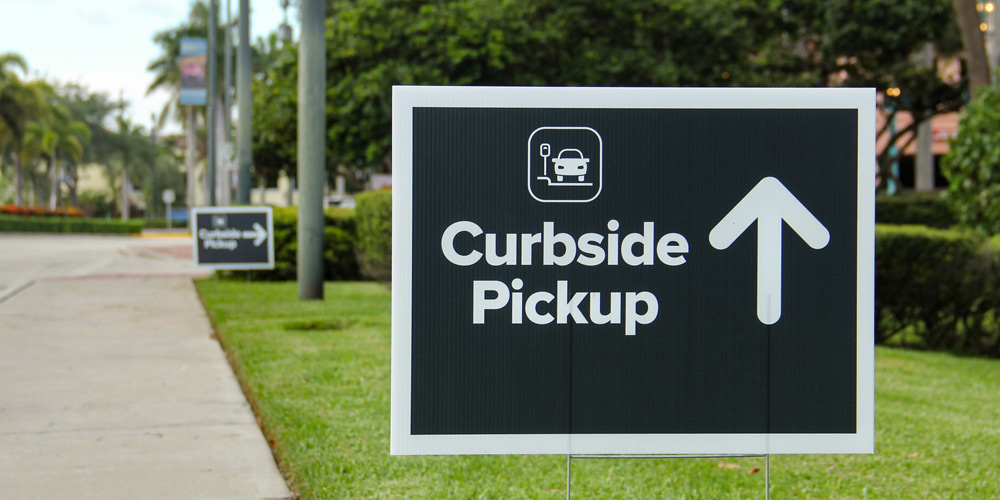Embracing the impersonal approach to customer service
Businesses should consider the pros and cons of adopting digital customer service systems.
As business leaders grapple with the short- and long-term impacts of COVID-19, the potential risk to employees and customers from face-to-face interactions remains a vexing issue. Companies need to explore new approaches to serving customers in the era of face masks and social distancing, particularly for consumer goods.
In Asia, where masks have been a feature of daily life for decades, businesses have been early adopters of ways to limit personal contact while enhancing customer service — because that’s what some customers want. Indeed, they have a name for it. The term untact — a South Korean portmanteau meaning no contact — describes services rendered without in-person interactions between employees and customers: Think of ATMs, self-checkout registers at grocery stores, and online banking and retail.
Accordingly, the authors of a new study, written before the COVID-19 outbreak, reviewed recent research and case studies from the Asian market to examine the rise of untact services. The authors explore the benefits and pitfalls of adopting business models that deliberately eschew human contact — whether for efficiency, safety, or better customer service. Some suggestions are obvious (along the lines of “know your customer”): The key to making the right decision on what technology is most appropriate comes down to understanding the psychology of different types of customers and tailoring the untact experience to their comfort level with digital transactions. In the current environment, tolerance for these interactions is clearly increasing.
Making the right decision on what technology is most appropriate comes down to understanding the psychology of customers and tailoring the ‘untact’ experience to their comfort level with digital transactions.
In fact, even before COVID-19, studies showed untact technologies were gaining popularity with people who felt uncomfortable with or inconvenienced by human interaction. Breakthroughs in artificial intelligence, big data analytics, and smart sensor technology are accelerating the trend toward online shopping, which was kicked off back in 1995 with the launch of Amazon and eBay.
There are various rationales for preferring untact systems, according to the study’s authors, and they show a shift in traditional buying habits, whether in practical matters (gathering more information, finding the lowest-priced items, not spending time or money traveling to the store) or emotional ones (uncomfortable talking to salespeople). For example, a cosmetics company in South Korea is embracing the growing trend among younger consumers to research products online before buying them in person. It offers two types of baskets in its physical stores: one labeled “I need help” and one called “I can do it myself.” This approach, the academics report, is popular with both salespeople, who can focus solely on consumers who need their assistance, and shoppers who prefer a fast transaction without personal interactions.
For companies, part of the appeal of untact technology is spending less on physical offices or stores. Untact services can help a firm’s bottom line by speeding up customer interactions and cutting down on personnel. Firms, therefore, have an incentive to steer customers toward untact channels. But in doing so, they have to be careful not to leave certain customers behind.
Although using digital devices is part of everyday life for many people, and an even bigger part since the arrival of the novel coronavirus, some demographics — including elderly shoppers, international customers with limited foreign language skills, and people who don’t trust or like online transactions — are likely to resist or reject the switch to untact channels. Cybersecurity is another concern: Many consumers have qualms about disclosing their private data to firms, a necessary step in an untact transaction. (There has been a rise in online fraud during the COVID-19 pandemic.) Customer complaints can increase too if the product or service customers receive doesn’t match what they saw online. And, according to a study from 2017, nearly a quarter of people say their frustration mounts when they have to deal with a chatbot instead of a real person.
Put simply, untact interactions aren’t for everyone — and the authors of this paper advise firms to carefully tailor the experience to specific customers for designated phases of the shopping cycle and for customer service. Companies should be willing to test a variety of approaches as they explore untact technologies, including a blend of offline and online channels. Think of how banks use both chatbots on mobile apps and employees at branches to handle consumer requests, or how airlines now offer check-in by app or in person. Having educational or training assistance for older consumers should be a high priority.
People premium
As untact technologies become widespread, traditional in-person service encounters could be reclassified as premium (rather than free) experiences in some industries. It would be akin to the paid personal shopper. Some companies could charge more for a face-to-face meeting with an expert than for an interaction with an app; several car companies already differentiate between virtual reality test drives and those offered in person.
Because customers’ preferences change quickly, firms should also consider developing an in-house system for processing real-time data on customers’ shopping patterns, helping them suggest options for untact services. Involving customers early in the change from traditional to untact technology and incorporating their feedback can be a way to make the transition feel more organic and develop a sense of co-creation that can win and retain their loyalty.
And just because a transaction doesn’t involve personal interaction doesn’t mean it has to be impersonal. In the digital age, so much of the value consumers derive from a transaction is nonmonetary, the authors write. People aren’t just looking for the lowest prices — they’re looking to identify with a brand and have an experience that leaves them feeling good and willing to spread positive word of mouth. In this regard, designing an untact system isn’t just a matter of cutting costs or introducing stopgap measures in the wake of the COVID-19 crisis — it’s a matter of bettering the traditional customer service experience.
Source: “‘Untact’: A New Customer Service Strategy in the Digital Age,” by Sang M. Lee (University of Nebraska-Lincoln) and DonHee Lee (Inha University), Service Business, March 2020, vol. 14, no. 1





